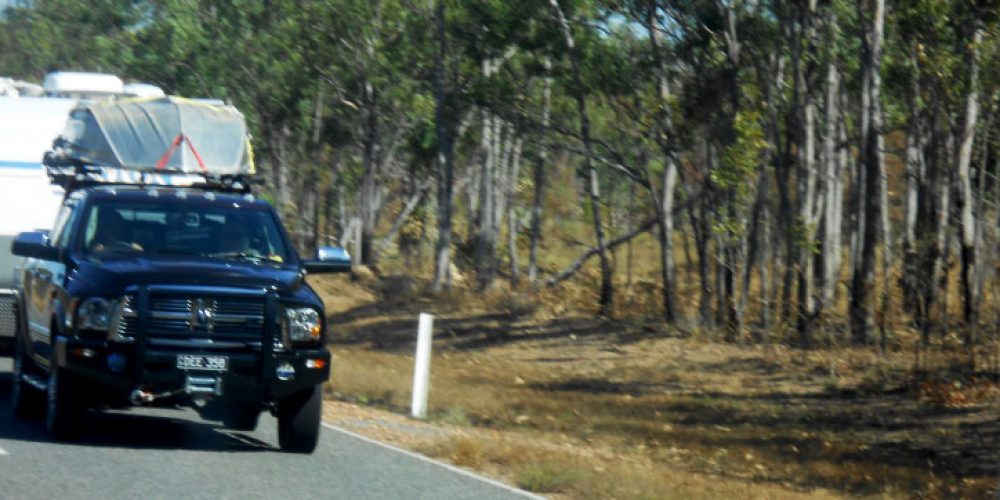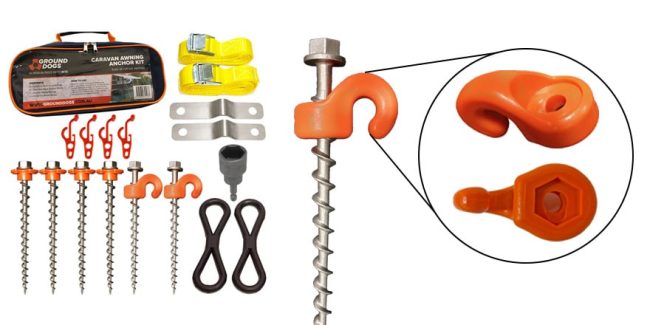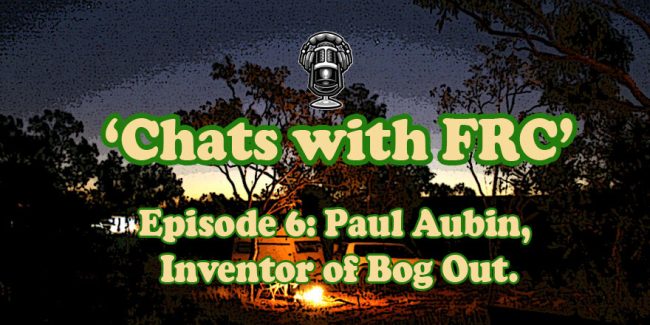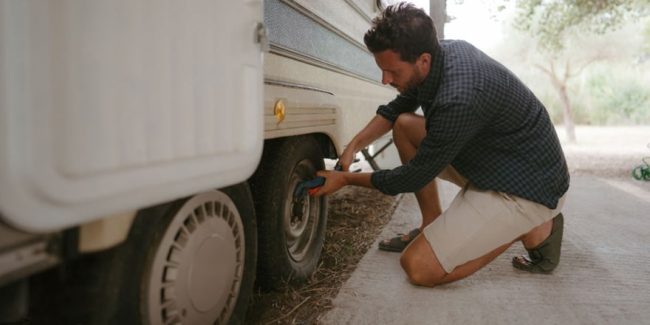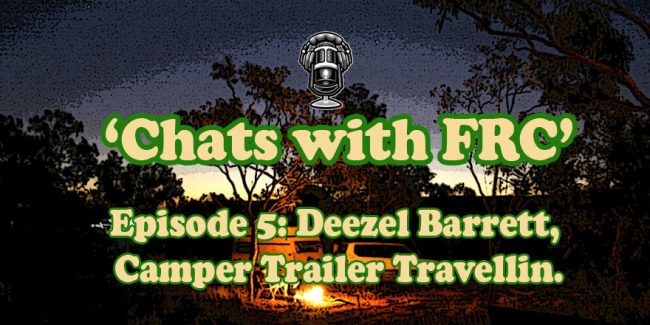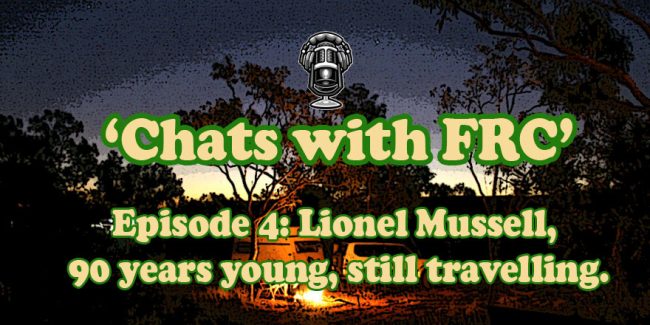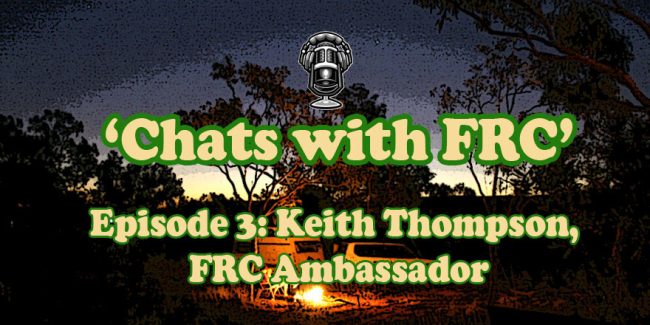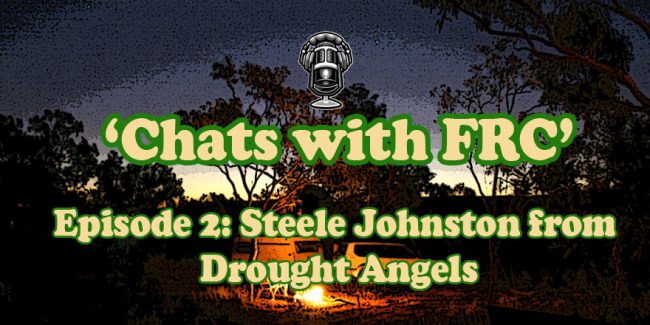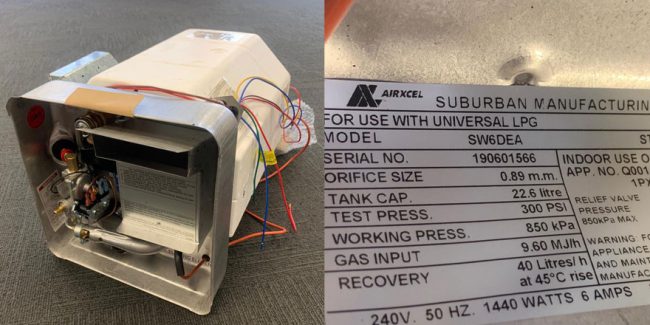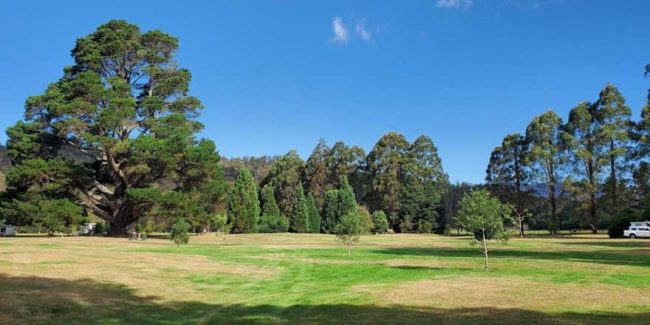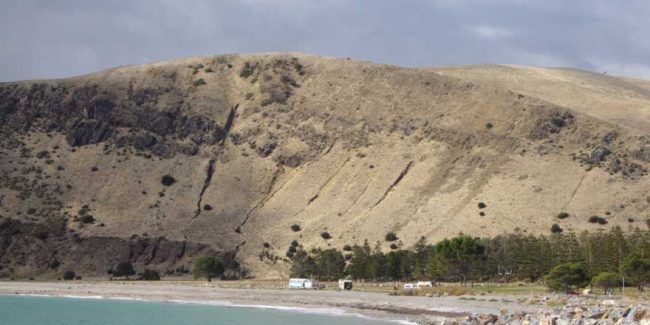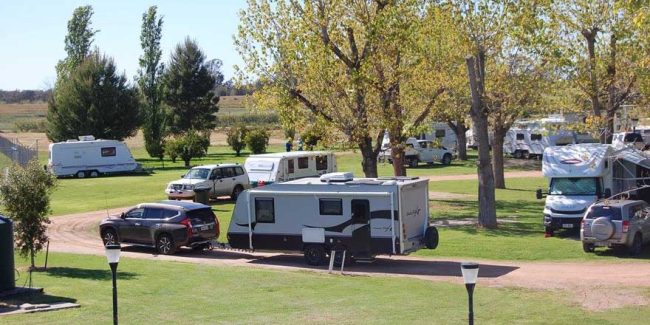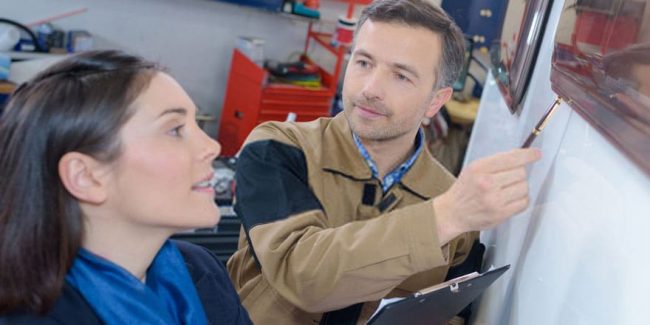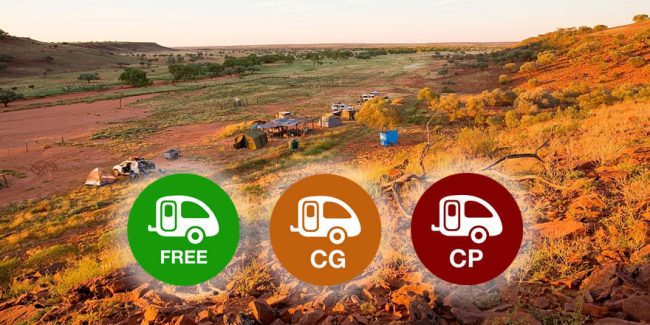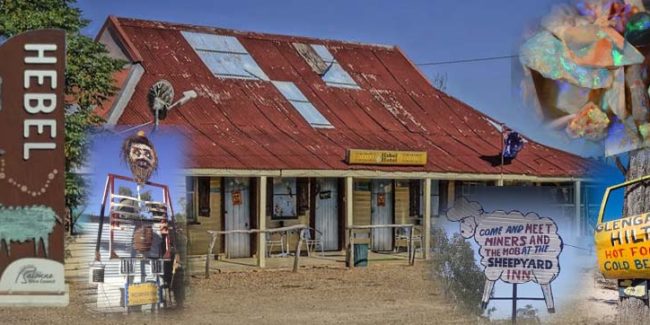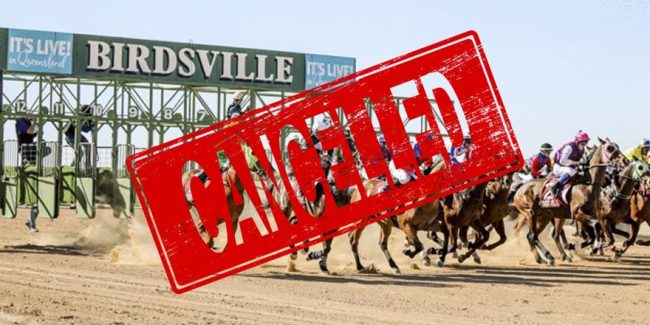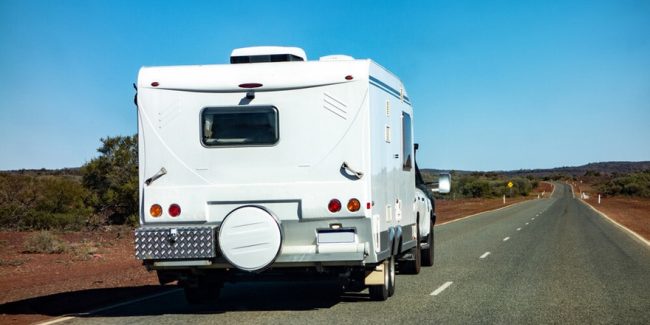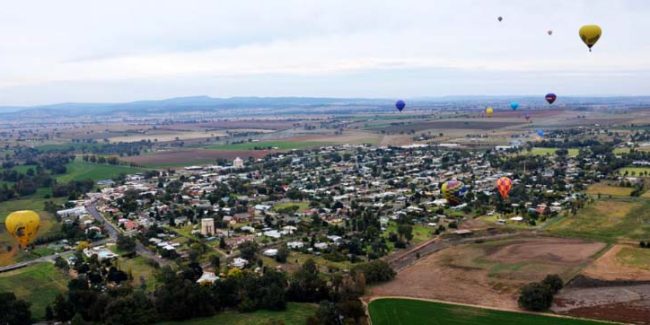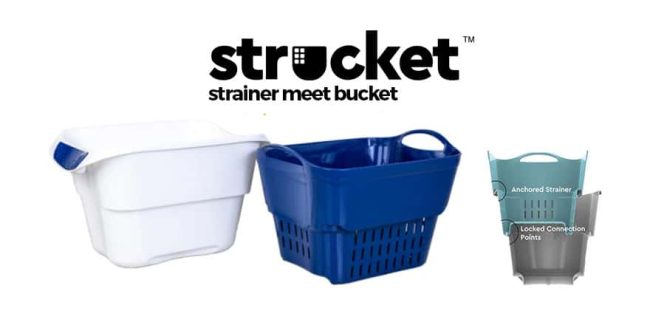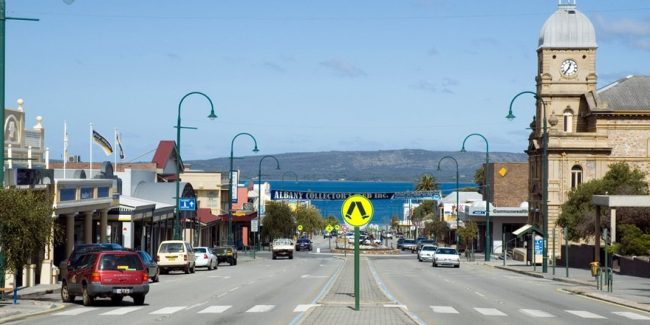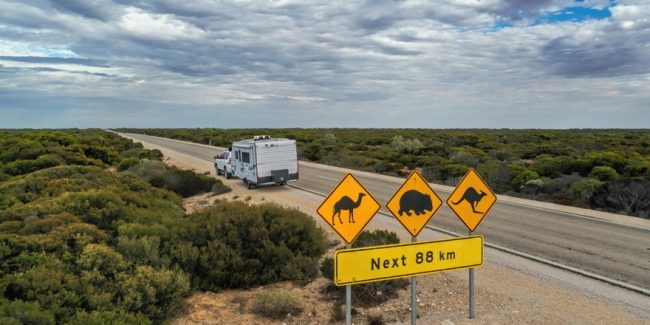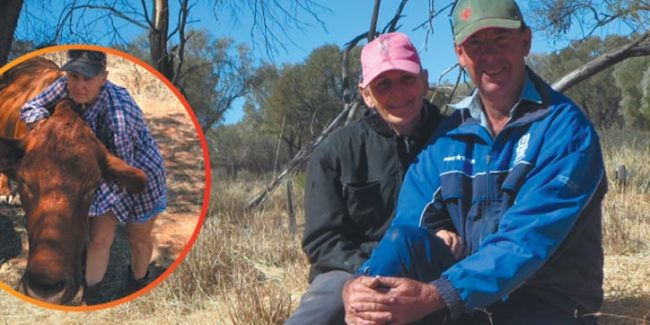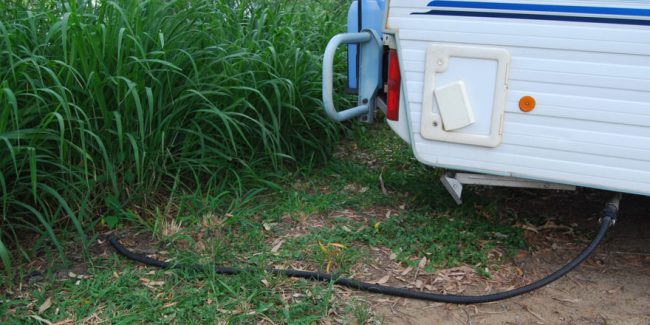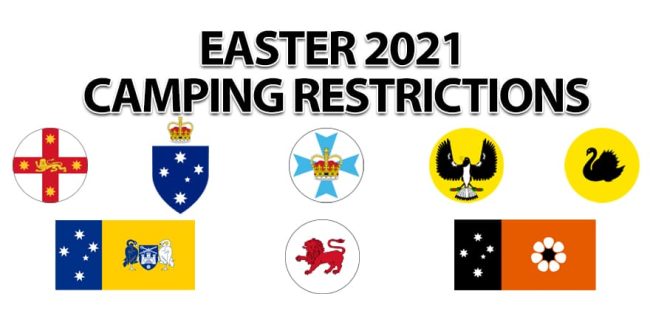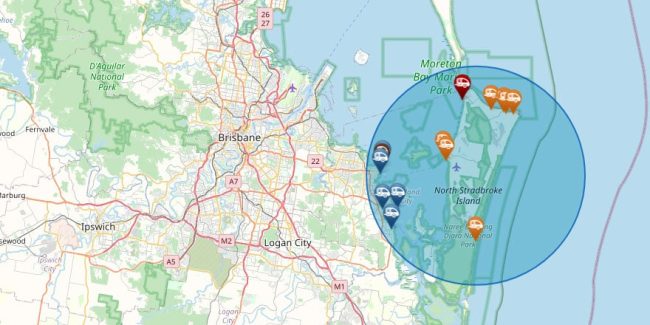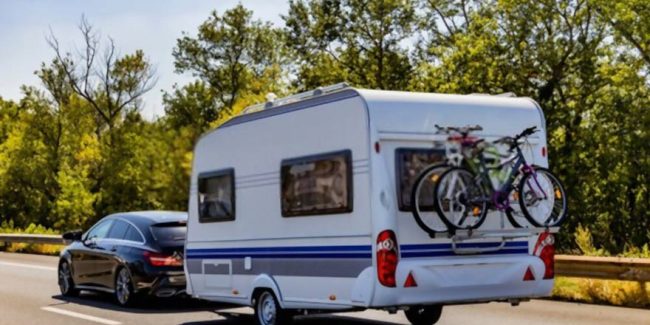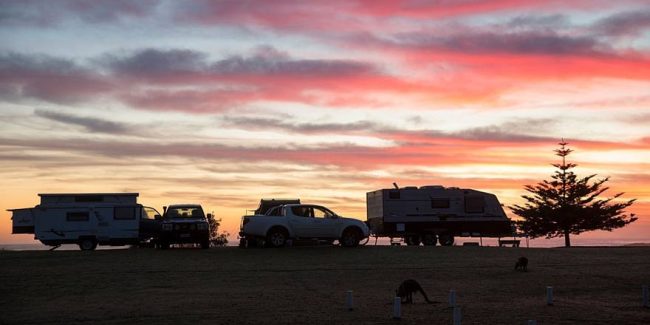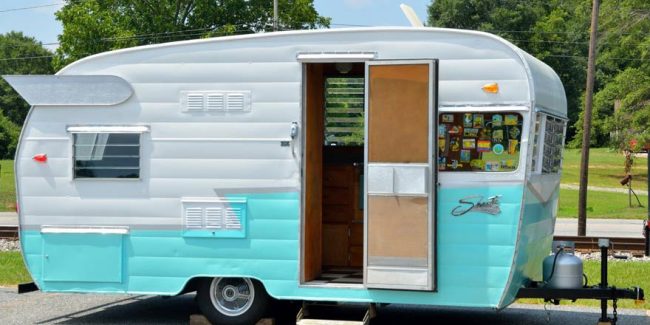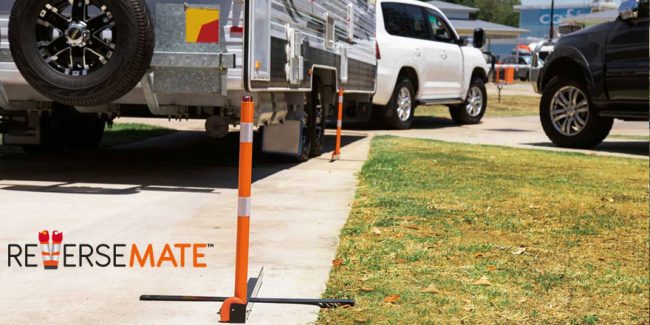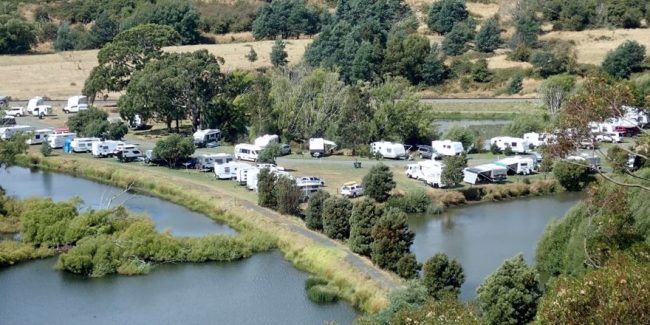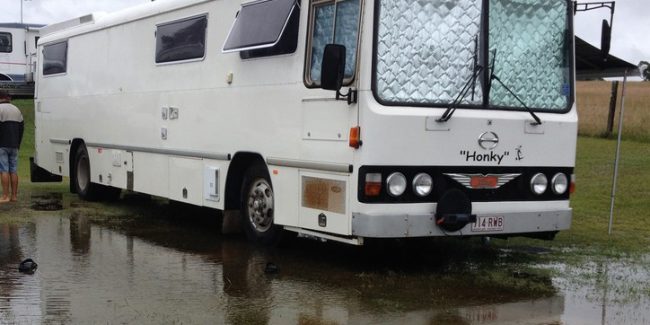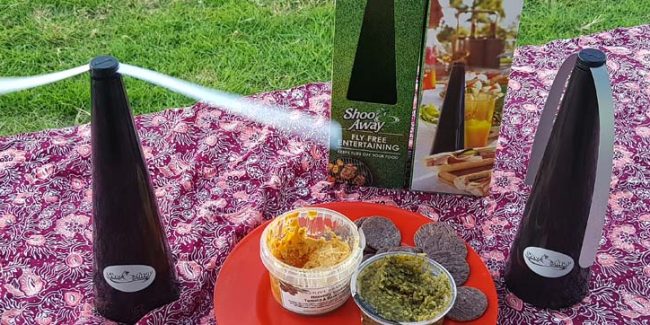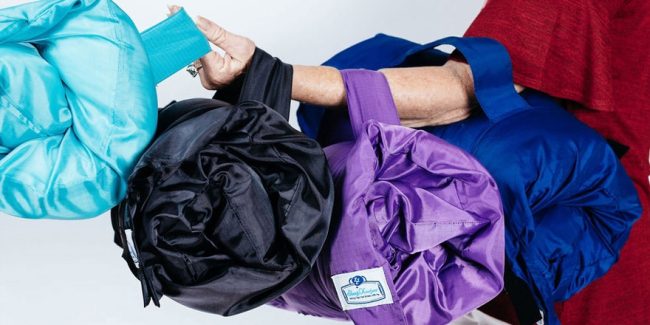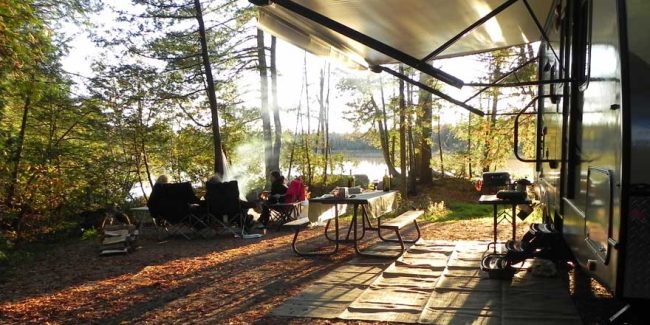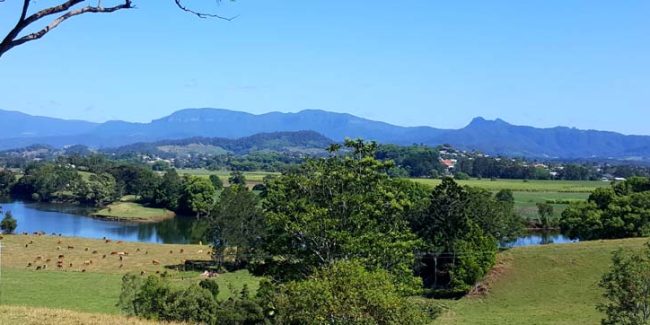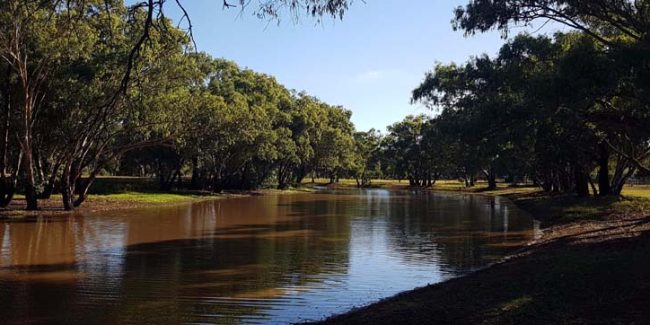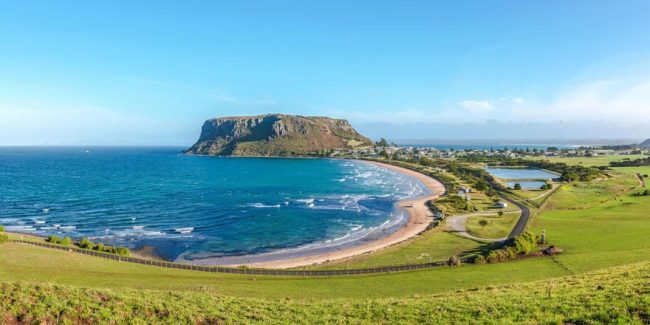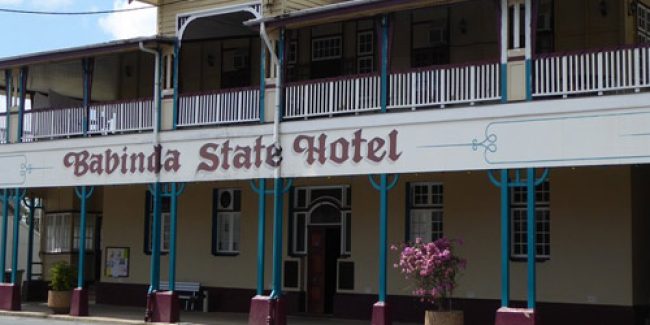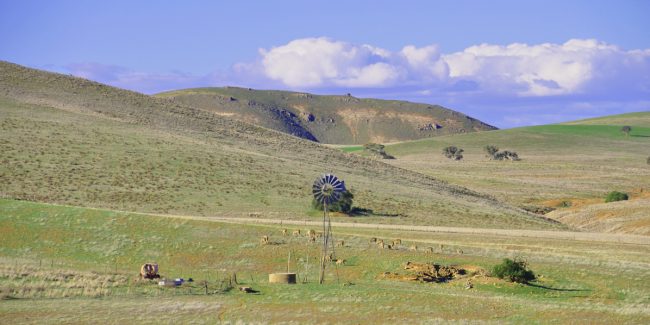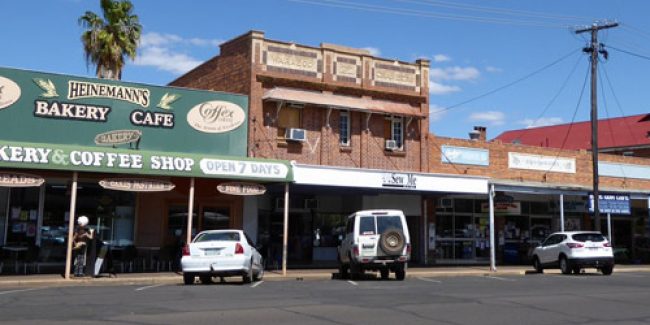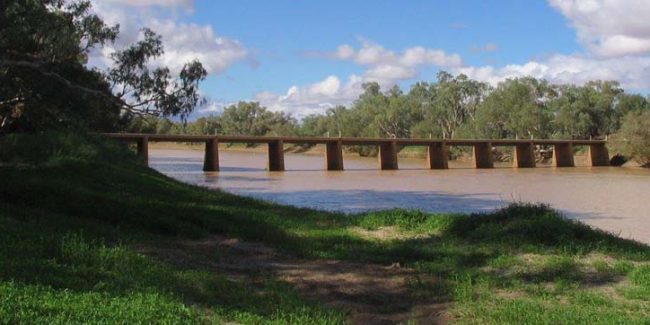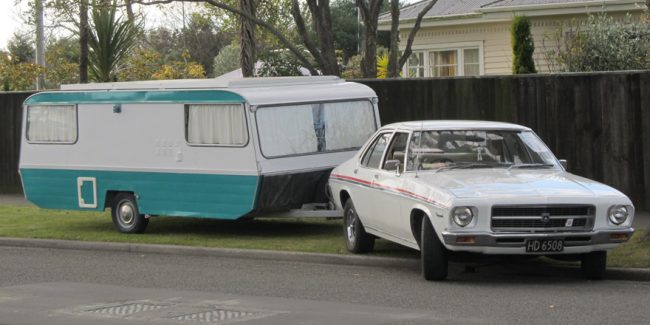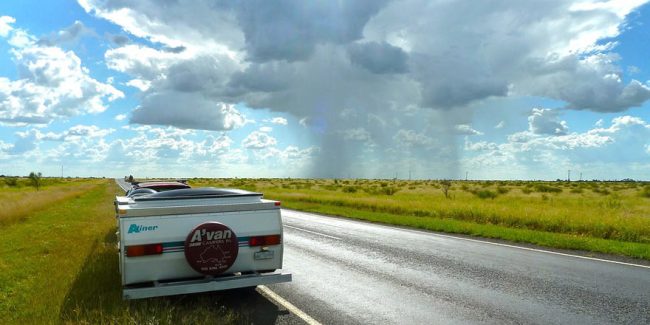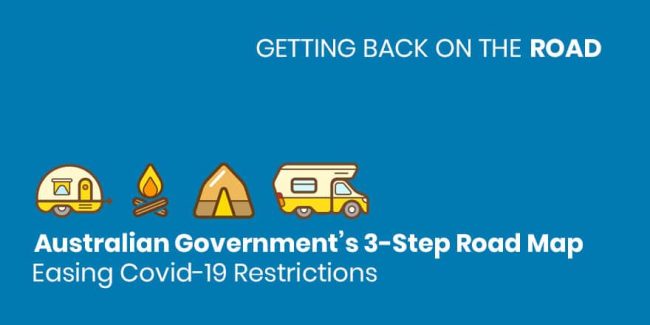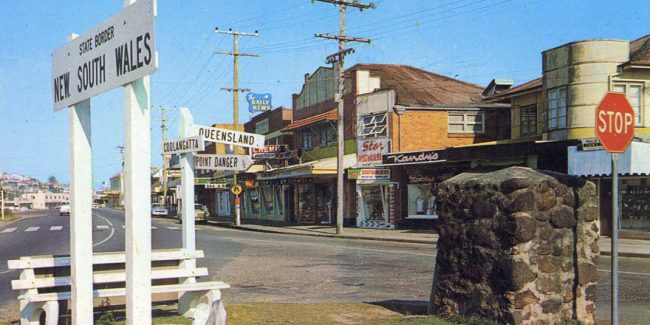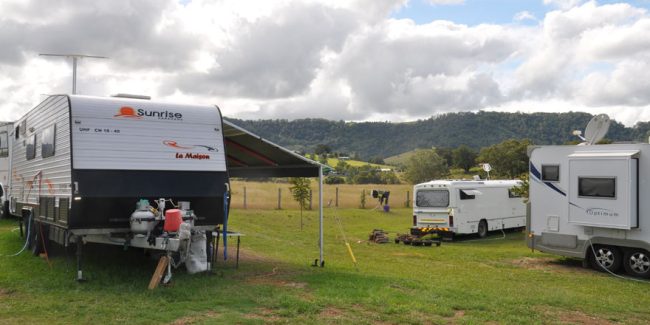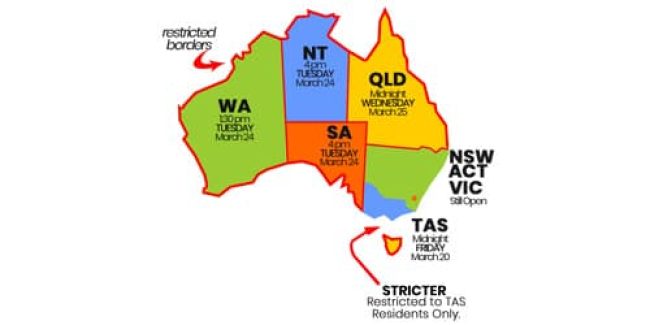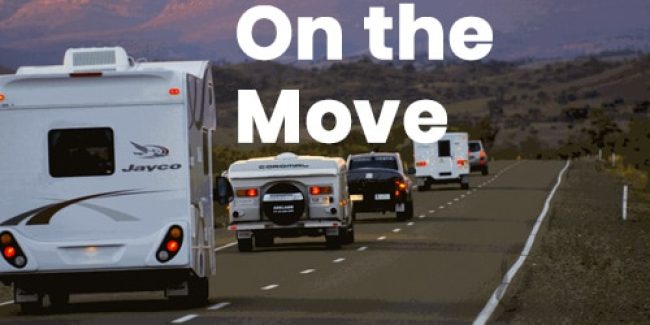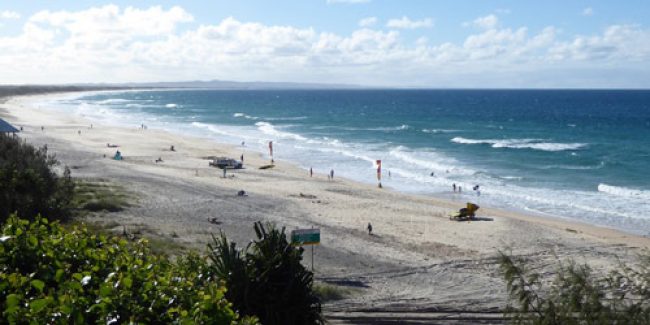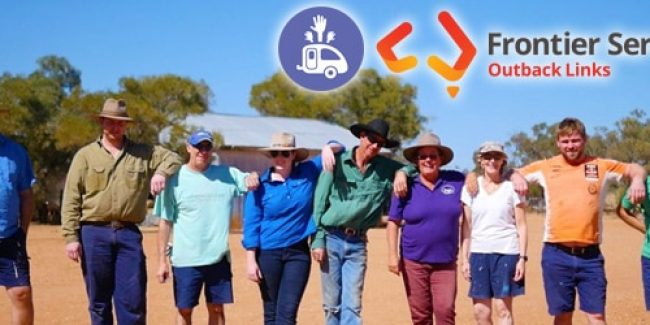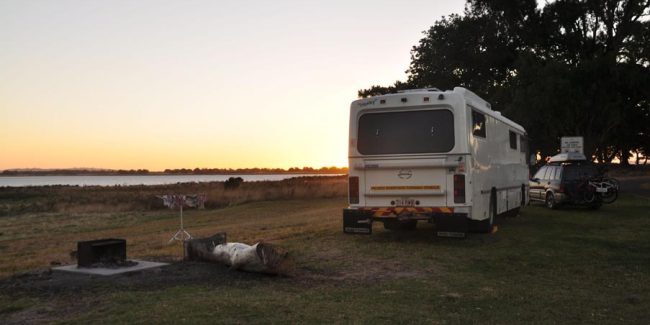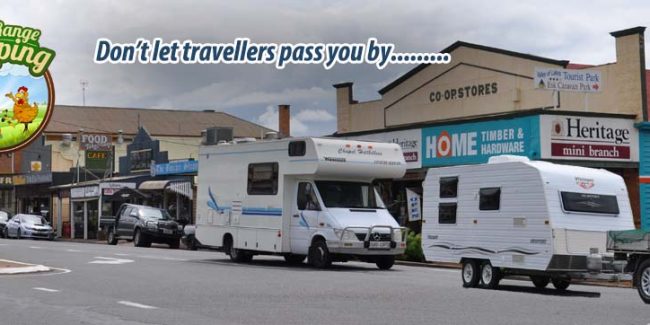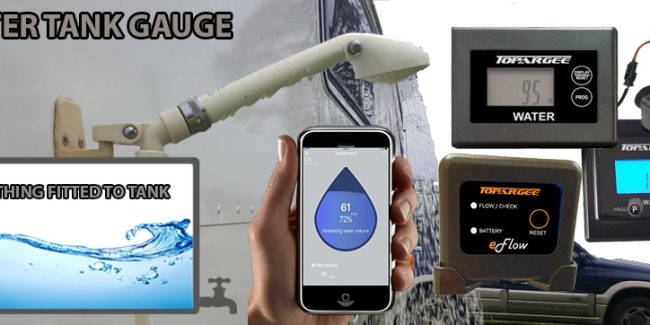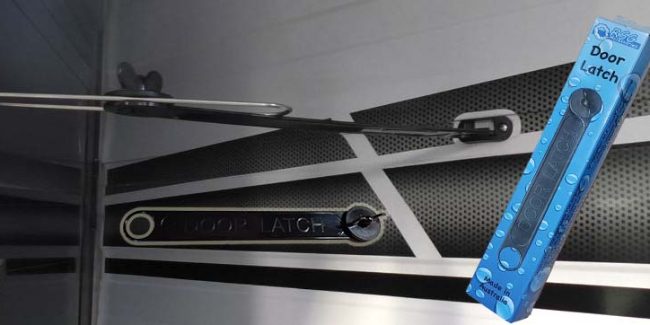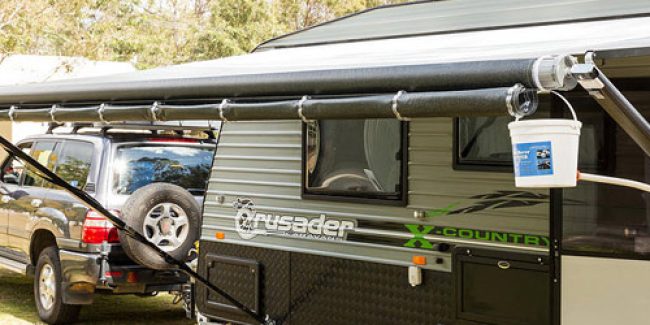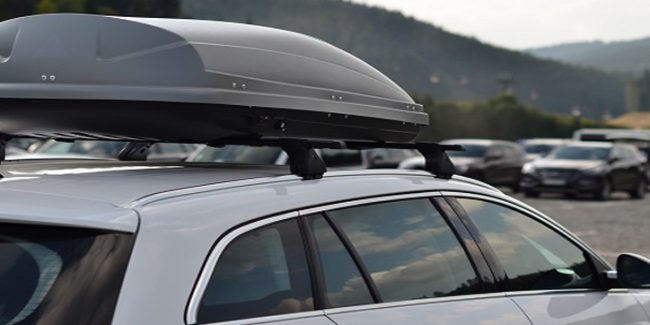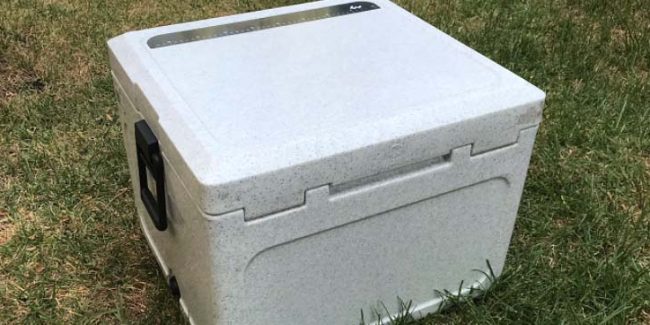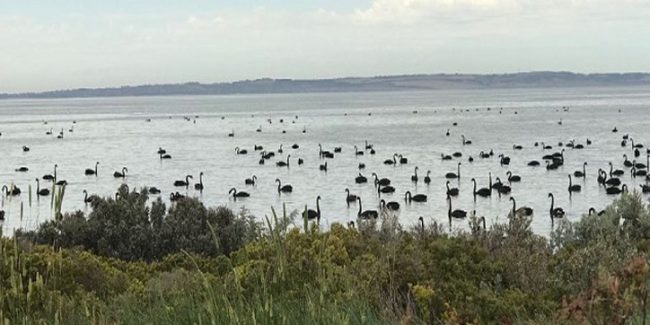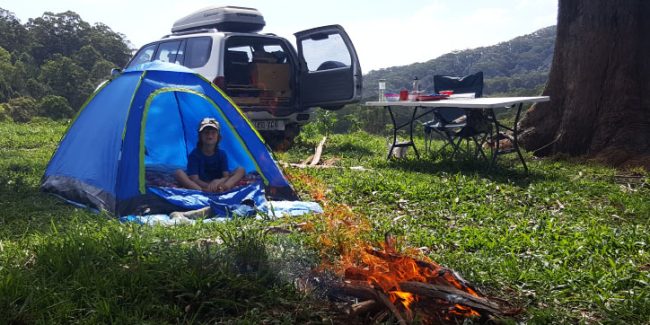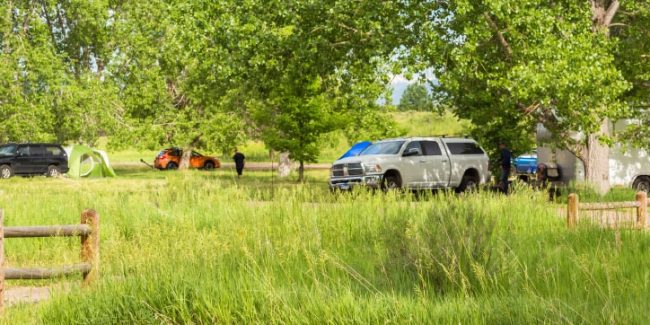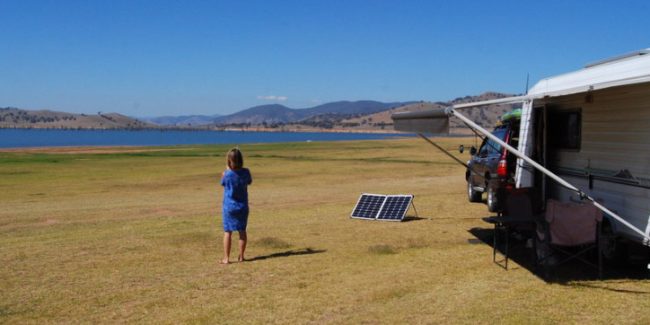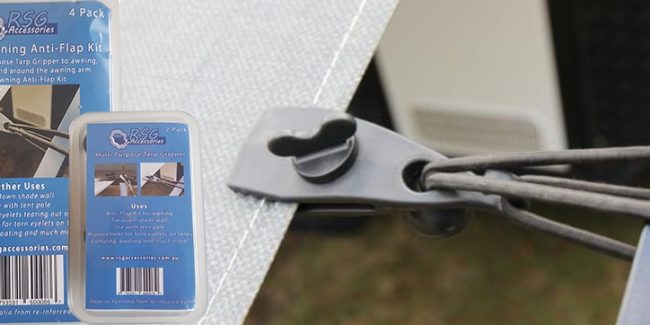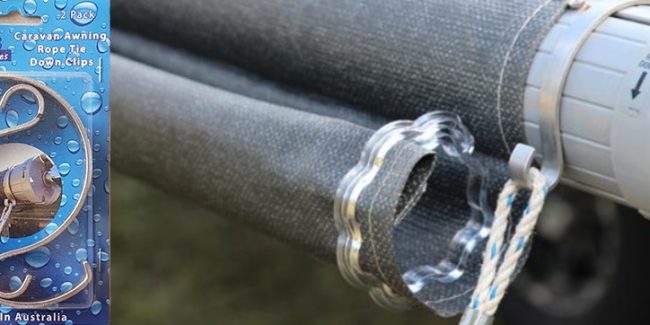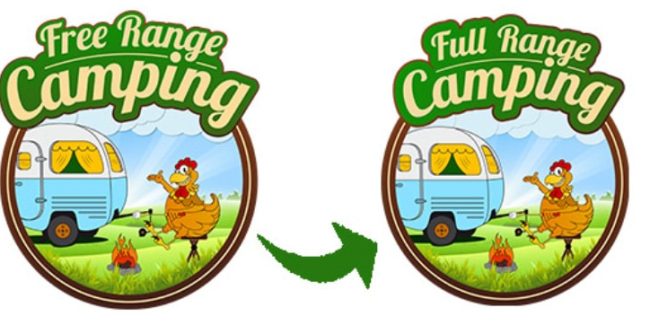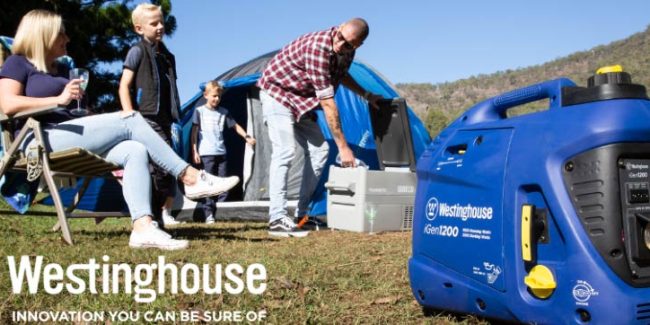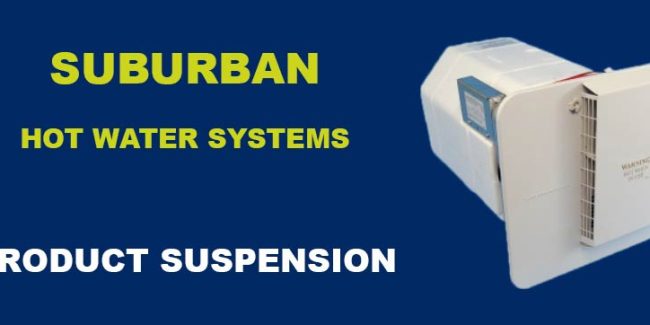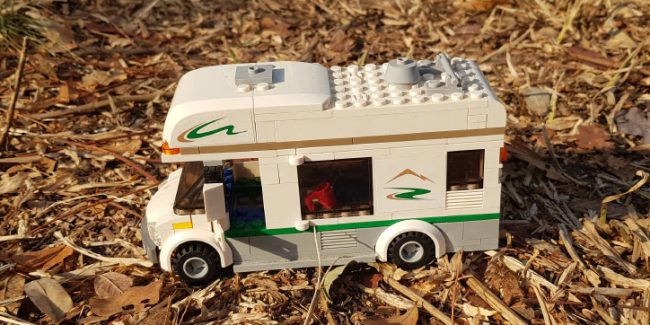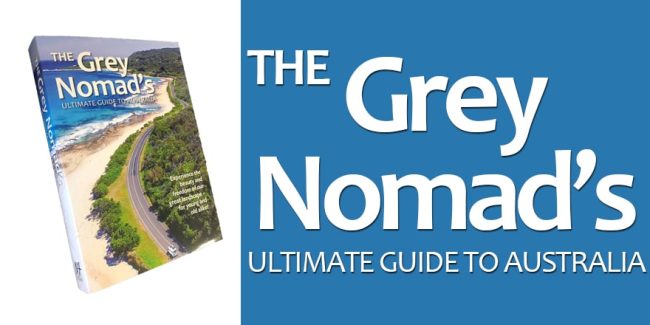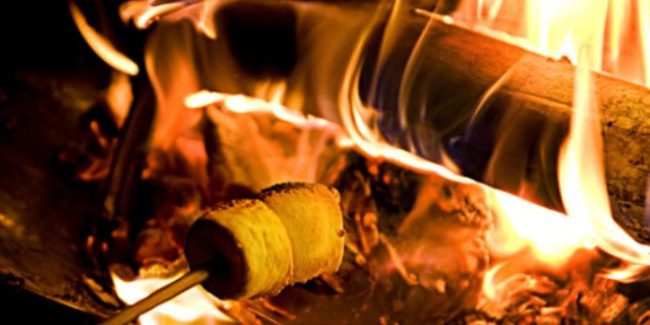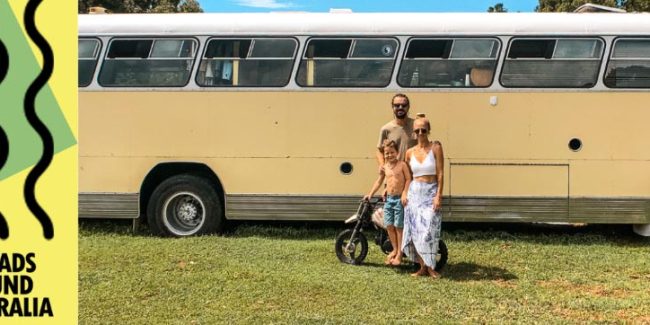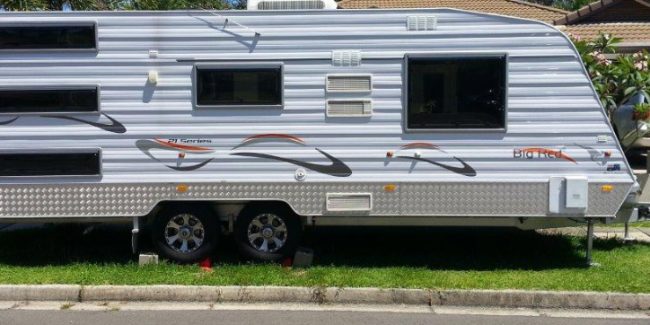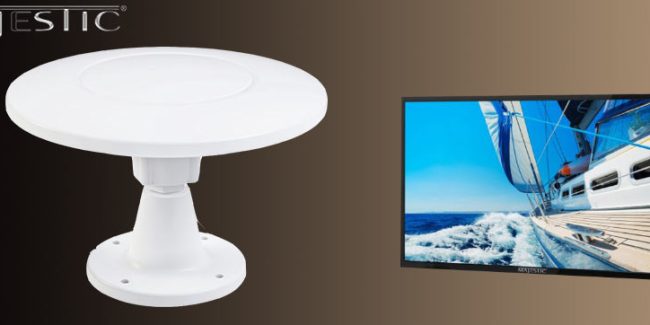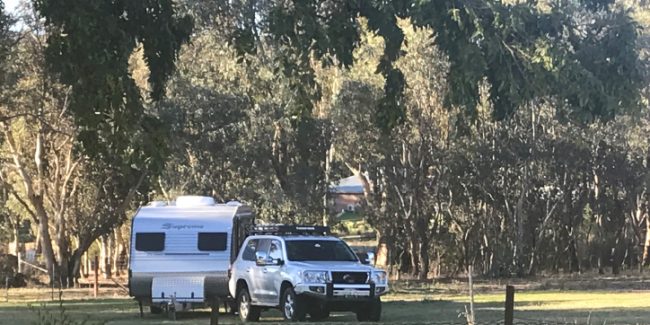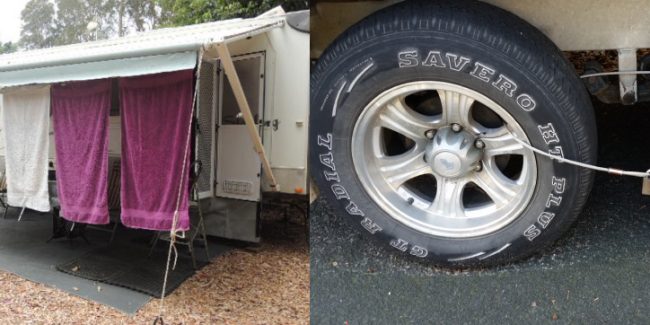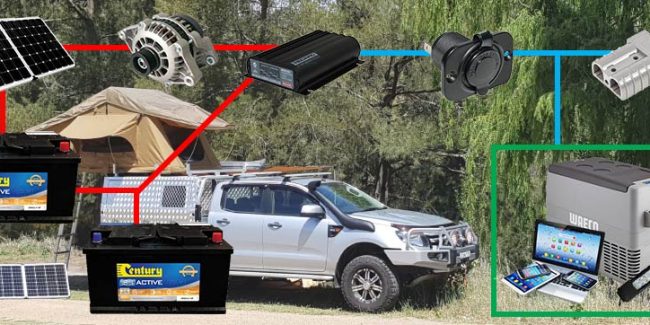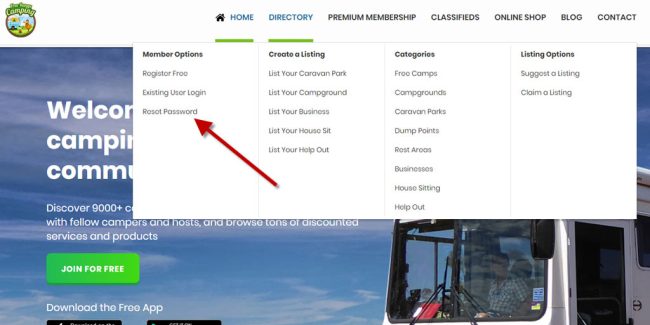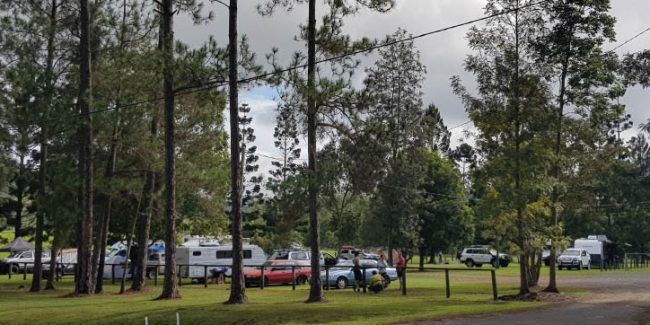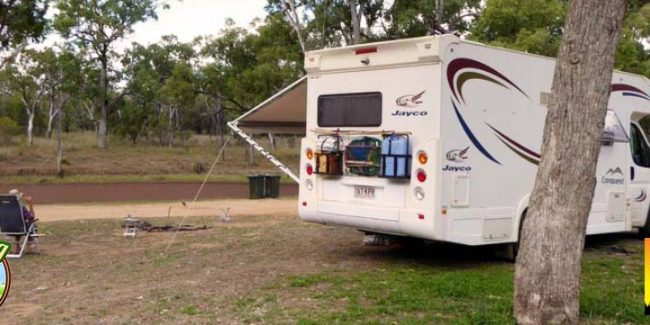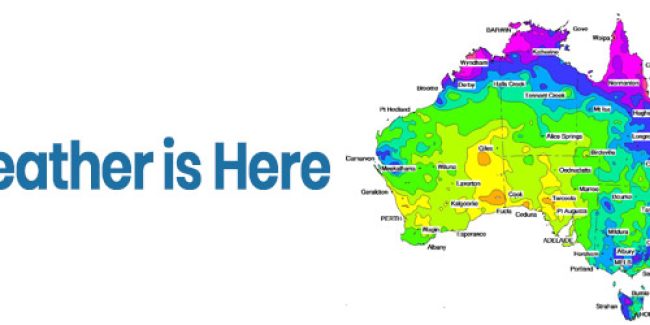Towing a caravan is one thing, overtaking while doing so is another. Many factors come into it, from safety to the power of your towing vehicle. In this article from Colin of the Caravan Council of Australia, he takes a closer look at the safety aspects of overtaking while towing a caravan, taking into consideration speed, power, and acceleration. It is quite a technical article for those that way inclined but explains the concepts very well.
Car & Caravan over-taking another vehicle
Safety is by far the most important consideration when towing a caravan. You must have sufficient
power available to accelerate the car-caravan combination at a reasonable rate, and to maintain a
reasonable speed when climbing hills.
It is vital that you are able to accelerate quickly to get out of trouble, and especially to avoid getting
into trouble, for example when overtaking another vehicle.
It is also vital that you are able to stop at a reasonable rate… safely, and in a straight line.
With so many significant variables involved, it is not possible to provide a definitive procedure to
determine the overall distance required for over-taking, for every tow-vehicle – caravan situation.
Risking your life – and that of your passengers and other road-users – to save a few seconds can come
with enormous risks… are you ready to pay this horrendous price???
The most important aspect is that the driver must have good eye-sight… especially for the perception
of distance on the road. The No: 1 Rule is that if you are not 100%-confident that you can overtake a
slower vehicle safely, in the prevailing atmospheric and road conditions… do not attempt to overtake.
The second most important aspect is that the driver must have a good appreciation of the acceleration
performance of their tow-vehicle, when towing a loaded caravan.
The third most important aspect is that the driver must have a good appreciation of the handling /
stability performance of their towing vehicle and caravan combination… when a lane-change manoeuvre
is undertaken.
A while back, a gentleman named Mr .Newton derived a formula, stating that:
Force = Mass multiplied by Acceleration [F = m x a]
In reverse, Acceleration = Force divided by Mass [a = F / m]
“Acceleration” is what we need to increase speed, in order to over-take a slower vehicle.
“Mass” is the total mass of the car-caravan combination.
“Force” is the forward thrust – “tractive effort” – supplied by the car tyres’ traction on the road surface.
It is vital to realize that the “Mass” of the car-caravan combination is much greater than the “Mass” of
the car alone… hence the “Acceleration” performance will be considerably reduced.
The “Force” is the horizontal force available, hence it will be considerably reduced on an incline.
The “Force” available depends on the friction between the driven tyres and the road surface, hence it
will be considerably reduced on wet roads and dirt roads.
The critical factor in over-taking, is to spend as little time as possible in the “wrong lane” (on 2-lane
roads), hence it is prudent to start accelerating close to the required over-taking speed, while still in
the left lane, behind the vehicle that you are over-taking.
However, caution is needed, just in case the vehicle ahead of you suddenly slows down, or some
other situation requires you to stop the planned manoeuvre, and you need to brake heavily.
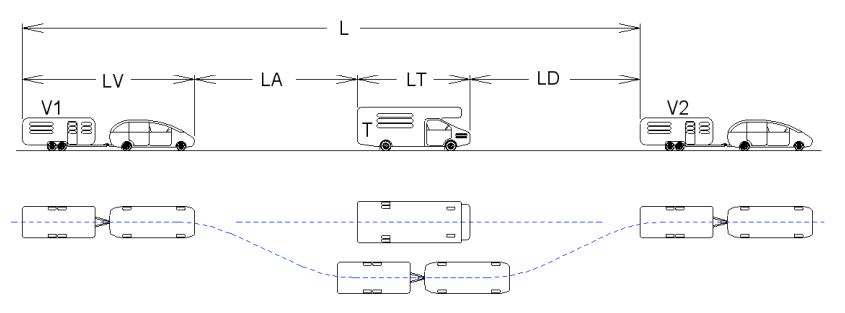 The drawing depicts a car-caravan combination [V1 & V2] over-taking another vehicle [T] (in side &
The drawing depicts a car-caravan combination [V1 & V2] over-taking another vehicle [T] (in side &
plan views). The drawing is not to scale, as LA and LD are relatively much longer than LV and LT.
- V1 and V2 show the car-caravan combination, before and after the overtaking manoeuvre.
- T shows the vehicle being overtaken.
- LV is the length of the car-caravan combination.
- LT is the length of the vehicle being overtaken.
- LA is the “acceleration” distance.
- LD is the “deceleration” distance.
- L is the needed total distance for a safe overtaking manoeuvre.
The most influential factor in determining “L” is the speed of “T” – hence the required increased
acceleration and speed of “V” – in order to over-take safely, and move back into the left lane.
The relative speed between “V” and “T” is also instrumental in determining the over-taking distance
required… along with the time spent in the “wrong” lane.
Of course, the “LA” and “LD” distances and times are much longer than these “just to clear” figures…
and the two (“before and after” over-taking) should add “Safety Factors”.
Relative Speed:
Distance just to clear a 5m-long vehicle (with a 15m-long combination)… allowing a total [LA + LD]
“Safety Factor” of 8 times the length of the combination, which in this example equals 120 m:
30 km/h (9 m/sec) 20 + 120 metres Time Taken: 16 seconds
20 km/h (6 m/sec) 20 + 120 metres Time Taken: 23 seconds
10 km/h (3 m/sec) 20 + 120 metres Time Taken: 46 seconds
As the speed of “T” increases, the manoeuvre… the required “L” – and the danger – increase at an
exponential rate.
The “air-drag” increases with the square of the speed, hence the acceleration rate is reduced.
The “inertia” (momentum) of the combination also increases with the square of the speed.
The engine “power” required increases with the cube of the speed.
Total Resistance = Rolling Resistance (which does not vary with speed) + Air-Drag Resistance
= {M x Cr} + {0.5 x D x A x Cd x v2 }
M = Mass of car-caravan combination
D = Density of air (1.202 kg/m3 & 0.0024 lb/ft3)
A = Area… effective frontal area of car-caravan combination
A typical Rolling Coefficient – Cr – for a car-caravan combination on bitumen is 0.03
A typical Air-Drag Coefficient – Cd – for a car-caravan combination is 0.8
It is well appreciated that some (most?) “mature-age” drivers still prefer to use, and are much more
comfortable with, Imperial – rather than Metric – units and calculations. That is fine… providing the
correct units are used so that each side of any equation precisely “compares apples with apples”!
Power Required = Total Resistance x Relative Air Speed
Determining Actual Acceleration Performance of the Combination:
Advertised powers and torques may be quite different from those actually achieved in the “real world”;
while they may be “honest” figures, they may have been measured at the flywheel on a blue-printed
engine (without accessories), under perfect conditions on a dyno in a professional controlled atmosphere laboratory. These figures will inevitably reduce as the engine becomes worn, as the
distance travelled increases.
Hopefully, you will never be caught in a “tight spot” (read, “dangerous situation”) when over-taking.
However, it is best to be well-prepared… and know “what the ol’ girl will do” when you push the “loud
pedal” to the floor.
Safety First:
- Ensure that both the towing vehicle and the caravan are in good mechanical condition.
- Just for this test… Load the caravan to its legal limit… in a “reasonable and typical manner”.
- Ensure that all tyres have inflated correctly to the prescribed pressures.
- Load the towing vehicle as you normally would for a trip.
- Use a certified weigh-bridge to measure the: (a) All-up load; (b) Axle(s) load; and (c) Ball-load.
- (Ensure that the vehicles’ Ratings doesn’t exceed.)
- With a passenger to record the readings, locate a suitable safe flat road… ideally, the middle of a level, deserted, 3-lane (in each direction) freeway.
- Check the accuracy of the speedometer using a good GPS unit.
- Ensure the caravan brakes are operating efficiently and evenly.
- With the aid of a stop-watch, carefully and safely, conduct a series of wide-open-throttle acceleration runs, recording the times taken to go from 40 – 50 km/h, 50 – 60 km/h, 60 – 70
km/h, 70 – 80 km/h, 80 – 90 km/h and 90 – 100 km/h. Be alert if the caravan should start to sway at the higher speeds. - Record – or calculate – the distance travelled between each 10 km/h segment.
This will enable you to appreciate how long – time and distance – it will take to over-take another vehicle, when you wish or need, to.
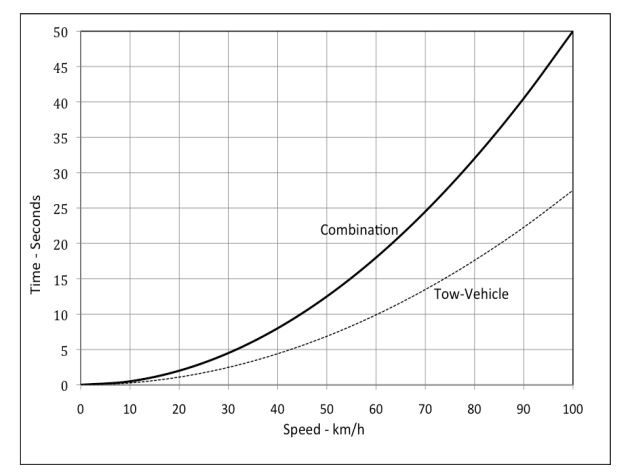
The graph shows a typical “Acceleration Curve” for an average (power and mass) car and caravan
combination. The broken line shows a typical “Acceleration Curve” for just the tow-vehicle on its own.
“Average” is taken as the (full-size) ‘van mass being around 2/3 of the mass of the towing vehicle, and
the non-turbo diesel engine of a popular 4WD tow-vehicle being around 4.0 litre capacity.
The available acceleration rate is reduced as the:
* Mass of the ‘van increases
* Effective frontal area – actual area and the aerodynamic co-efficient – of the combination
increases
* Mass of the towing vehicle increases
* Head-wind (if present) increases… i.e. as the relative speed increases
* Tyre (especially under-inflated), brake and wheel-bearing (not adjusted) drag increases
* Available engine power decreases (with wear, and poor tuning)
www.caravancouncil.com.au has under “Technical Articles” on the home-page, an independent doc on
“Selecting a Suitable Tow-Vehicle”, high-lighting the important issues to be considered (without
mentioning any vehicle Makes and Models).
While a heavier tow-vehicle will have a lower acceleration ability, compared to a lighter tow-vehicle
with the same engine power, it is essential to have a tow-vehicle with sufficient mass – compared to
the caravan that it is towing – in order to prevent the dangerous situation of “the tail wagging the dog”,
should the caravan start to sway or snake.
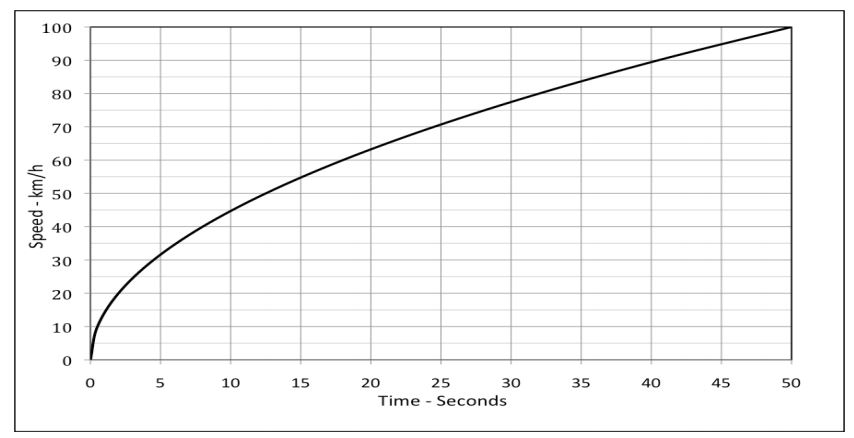
The graph shows the inverted typical “Acceleration Curve” for a combination.
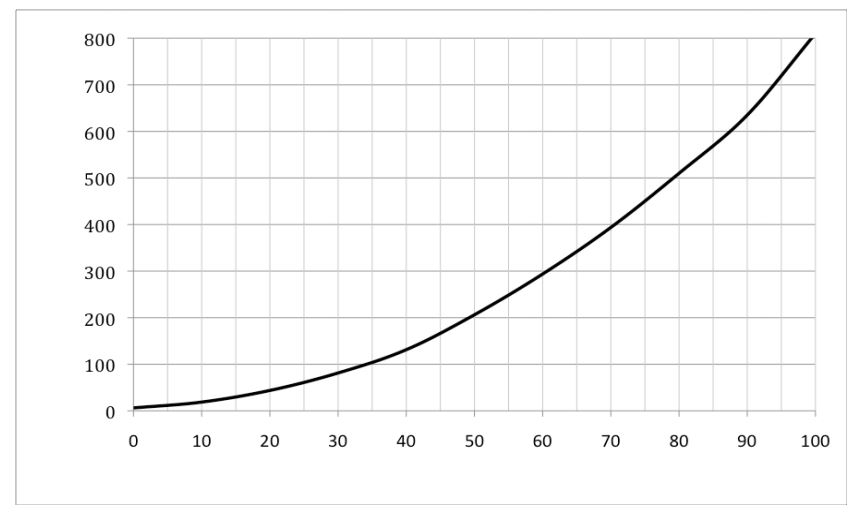
The graph illustrates a typical curve of “Distance covered V Speed” for an acceleration run, from a
standing-start.
The “derivative” (gradient) of the curve at any point reveals the instantaneous acceleration rate, while
the “integral” (area under the curve) reveals the distance covered.
Cautions:
If you must over-take another vehicle, ensure that you do it safely, and without having to exceed the
speed limit… or such a high speed that the ‘van becomes dangerously unstable.
It is highly preferable that the driver of the vehicle being over-taken realizes that you wish to over-take
them, and hopefully reduces their speed to assist you.
If their vehicle – a truck or caravan – has a CB radio call-sign on its rear, and you also have a CB radio,
it is advisable to alert them of your intention.
Be extremely careful, and double-check the road ahead to ensure you have sufficient distance of clear
road to safely over-take another vehicle. Check that there are no dips in the road ahead and that
there are no intersecting roads, from where a vehicle could suddenly emerge. Check that the road is
wide enough, and does not have very rough edges.
Check that the vehicle that you are about to over-take, is not preparing to over-take another vehicle, or
make a right turn. If that driver is not aware of your over-taking them, be cautious of their possible
increase in speed. Check your mirror carefully to ensure that you are not about to be over-taken.
Use your turn-signals appropriately, in plenty of time, to indicate your intention to over-take. However,
do not rely on the turn-signals of the vehicle being over-taken, as a “safe to over-take” signal.
Do not swerve sharply into the right lane, or sharply back into the left lane, as this may well induce a
hazardous sway… possibly ending in a dangerous “jack-knife”.
On the other side of Over-taking:
When being over-taken, you must consider the other party, and realize that speeding up in such a
situation will not only risk lives but may very well lead the other party to extreme frustration and an
even more-dangerous effort to pass you.
As a courtesy, you should gently slow down, to make the over-taking safer. Of course, if the overtaking driver has made a serious error of judgment, and is in a hazardous situation, it is imperative to
brake heavily, to better-allow the driver to quickly cut back in front of you, so as to avoid a lethal headon collision.
It is important – before you set off on a trip – to make sure that the ‘van brakes are operating efficiently and evenly.
Other Articles by the Caravan Council
Caravan Jacks - The Do's & Don't
Caravan Pre-Delivery Inspections
RV Ownership in a new light
Safe Overtaking While Towing a Caravan
Selection of a Suitable Tow-Vehicle… For a Caravan
Disclaimer: This information is provided in good faith, in an effort to improve road safety. It is believed to be correct, but no liability whatsoever is accepted for any issues arising from using this information.
Original article provided courtesy of the CCA – www.caravancouncil.com.au – The CAA is a completely independent, non-profit, non-commercial body that provides free no-obligation compliance and technical advice to all manufacturers, importers, dealers, mechanics, owners and potential buyers of recreational vehicles.
You can contact the CCA direct or visit their web site via the links below.
www.caravancouncil.com.au [email protected]


